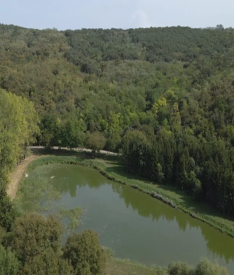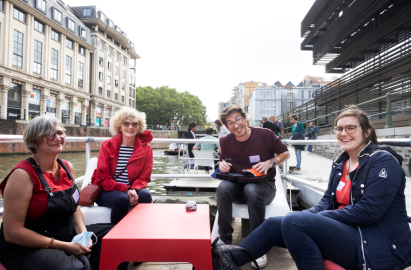URBACT Good Practices
257 results
To view the 116 URBACT Good Practices eligible to lead a Transfer Network, please filter by "Year of label" and select "2024".
Only the Good Practices tagged as "Looking for Project Partners" in the database have already expressed the interest to lead a Transfer Network. However, URBACT Good Practices may change their status to "Looking for Project Partners" or to "Partnership complete" until the end of the call (30 June).









